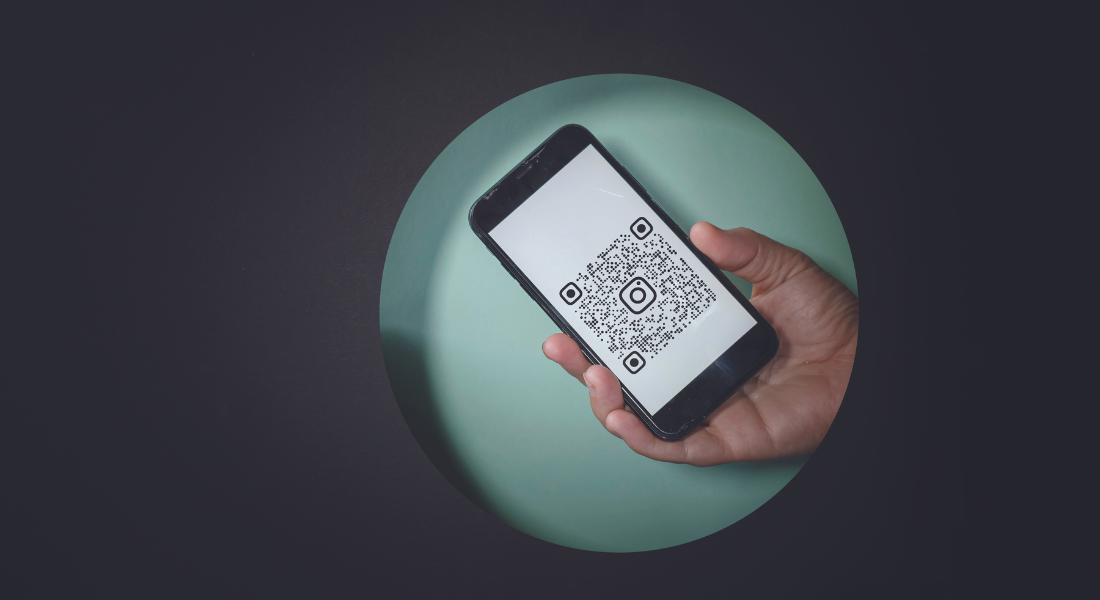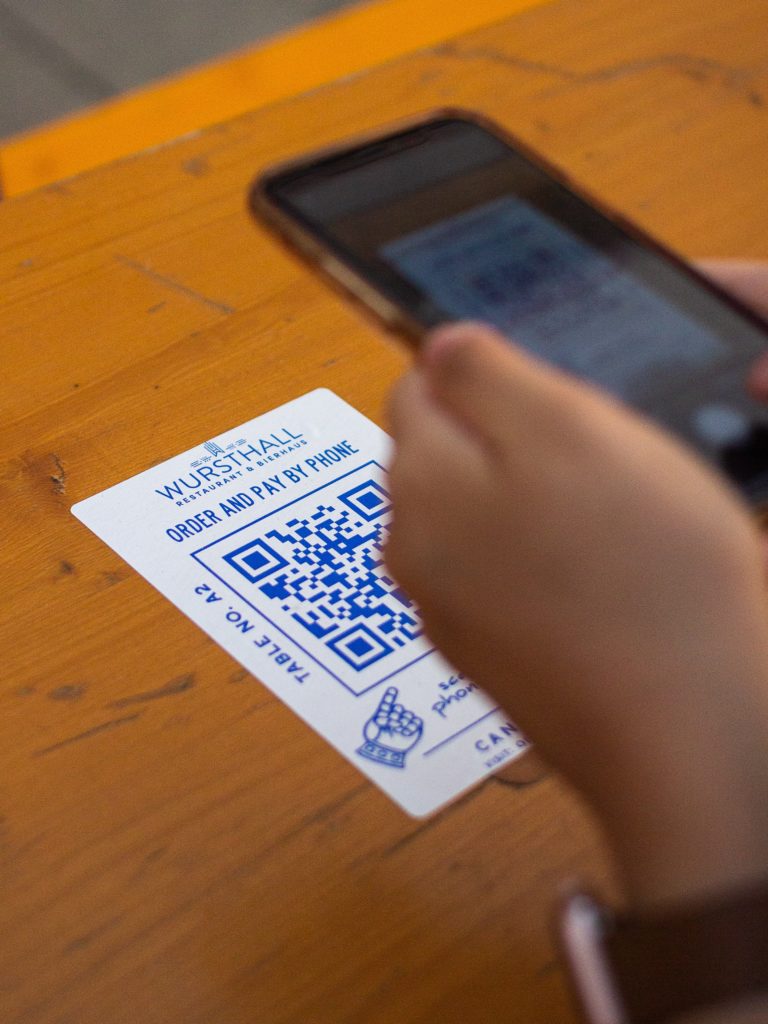The Modern Menu: QR Codes are Taking Over

During the summer of 2021, when restaurants were getting back on their feet and experimenting with new ideas, I found my new favorite new dining trend: QR codes.

I was meeting a group of friends at the patio of a Brooklyn restaurant chosen at random, and a QR code was taped to the table. QR codes at restaurants had become more common since the beginning of the COVID-19 pandemic in 2020 as a touchless way to view menus, but this one was special. Not only could you access the menu, but you could order, pay, and tip through the website’s point-of-sale site from your smartphone.
No more splitting checks or driving your server crazy by asking them to split checks and asking them to keep track of how to pay for the split checks with a combination of credit cards and cash. No more, “I’ll get this one and you can Venmo me the money.” It’s all there — on your smartphone.
A lot of diners are just as excited about this new technology as I am. A QSR study found that 45% of diners prefer using a QR code to order and pay at restaurants. 77% of Americans said they would prefer to continue to pay for not just food and beverages but merchandise, as well as services via contactless payments after the pandemic is over.
If you’re on the fence about introducing QR code technology at your restaurant, here are three reasons why you should take a closer look:
1. Most of your customers have a smartphone
According to the Pew Research Center, 85% of Americans own a smartphone, which means they’re more likely to scan a QR code at your venue. And that smartphone plays a role in their dining habits:
- 53% of diners use their smartphones to search for
- restaurant locations
- 49% use a smartphone to view restaurant menus
- 37% use a smartphone to research new restaurants
Smartphone use doesn’t stop when customers walk through your door. They’re also constantly on the phone at the table. 66% of them are multitasking — taking photos, browsing social media, shopping, looking up restaurant reviews, and more.
Bottom line: people use their phone to find your restaurant, they’re using it when they’re at your business, and they will use it to scan QR codes.
2. It’s less work for your staff
Remember how long it took to disinfect laminated menus during the height of COVID? Or the time spent making sure you have enough paper menus for the bar, happy hour, brunch, breakfast, lunch, and dinner? Your employees can spend their time on other tasks instead of stocking or handing out physical menus. And, if you create a QR code for the menu, ordering, and payments, your servers are going to spend less time figuring out and ringing up separate checks.
3. It saves you money
Then there’s the cost: hiring a designer, printing multiple times a year as your menu changes seasonally, and paying for menu books or menu holders. After the last few years, restaurants need every opportunity to save money, and using QR code menus will help reduce your expenses.
How to get started
Your restaurant can offer QR code technology to customers in just a few steps.
Step 1: Find the right technology
Many point of sale (POS) companies have a QR code integration. If you already have POS software, check with their team on how to implement it.
Step 2: Create a QR code that points to your menu
Again, you can use POS software to accomplish this step. You might choose to just point to the menu link to your website or you could use the online ordering and payment system offered by your POS.
Step 3: Test and train
Print out your QR code and run some test orders. Try these tests with iPhones and Android phones so you know how the process works for each system. Train your staff on the new procedures.
Step 4: Print and post the QR codes throughout your venue
Print cards or table tents and place them at tables, bars, and anywhere else people will want to access your menu, online ordering, or payment system. Don’t forget to hang them in windows and entrances so customers can scan them when they’re walking by no matter what time of day.
You also do want to have a few printed menus on hand in case someone’s phone has run out of battery or if there are customers who prefer the paper option.
Adapt and move forward
Once you have your QR code system in place, don’t forget to maintain your website for menu, price, or hourly changes. And take advantage of the data you get from your POS service and website to find out your busiest times of day, most popular menu items, and other dining trends.
Finalize event charges in real-time
Tripleseat recently released QR codes to allow you to finalize event charges in real-time on the floor. QR codes will enhance efficiency by allowing you to add and review final charges in front of your guests, which will help with less back and forth on final details and reduce any final bill discrepancies. Learn more about QR codes and other features by scheduling a demo.
